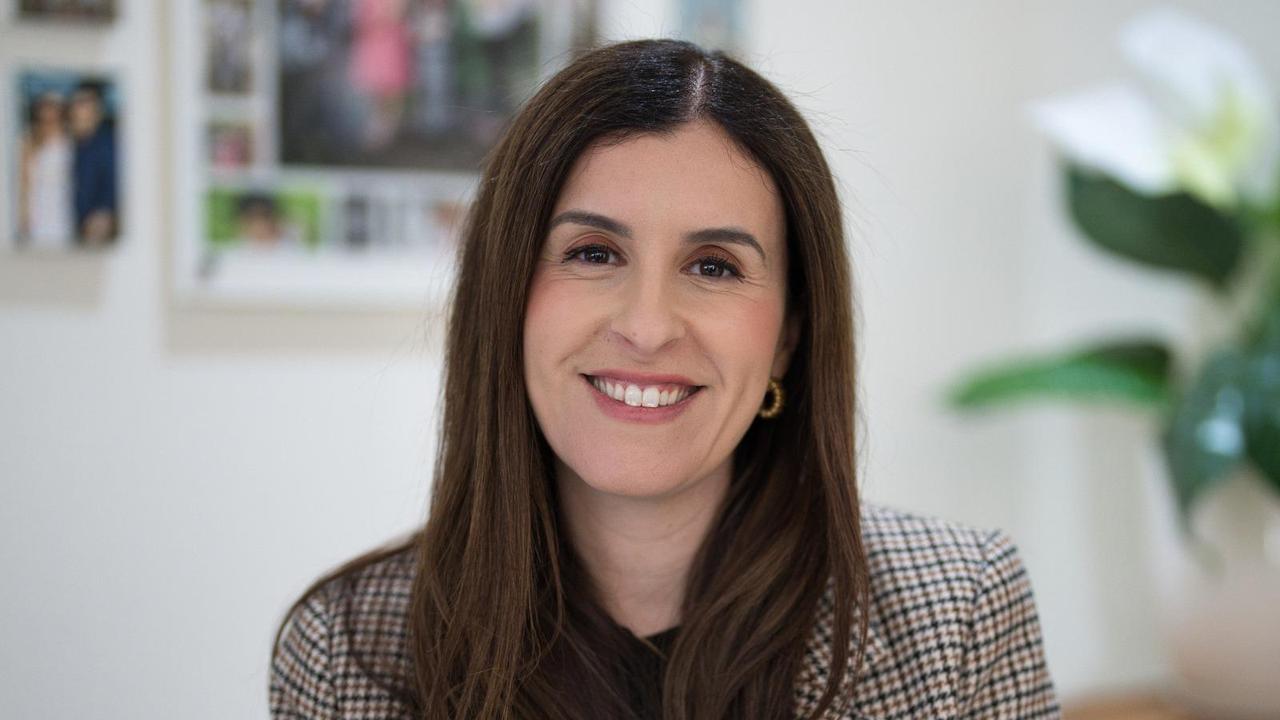Art's classic controversy
ARTIST Jeffrey Smart put it succinctly over the weekend: "The National Art School must not go to the College of Fine Art. It must be stopped."
ARTIST Jeffrey Smart put it succinctly over the weekend: "The National Art School must not go to the College of Fine Art. It must be stopped."
Smart, who once taught at the NAS and is back in Australia for exhibitions in Melbourne and Sydney, joins the great number of supporters, from John Olsen and Margaret Olley to recent graduates, who are protesting against the planned merger of the NAS and the University of NSW's College of Fine Art, confirmed earlier this month by NSW Education Minister Carmel Tebbutt.
Those against the merger have repeatedly tried to impress on NSW Premier Morris Iemma and his Education Minister that the NAS, which is part of the state's Department of Education and Training, is a unique and valuable institution, and that its identity and culture, based on the three foundations of drawing, studio practice and art history, should be protected.
Educational philosophy is the crux of the matter. The NAS would have fewer objections to UNSW if the school could be guaranteed autonomous status similar to the National Institute of Dramatic Art, but that is not going to happen.
COFA's strengths are in design, media and digital technology, and its bias is towards the kind of art that has become the staple of biennales around the world. It is an international academic style that, for all its ostensible political content, is more closely related to mass media and advertising than to what some dismissively refer to as the residual art practices of painting and sculpture.
The NAS stands unashamedly for residual art practices. It believes that whatever shape the art of the future may take, the breadth and depth of skills it attempts to impart will serve its students well. It considers drawing to be the most fundamental practice of all: it is the first and most intimate contact of the artist's mind with the visible world, the first point at which what is seen or felt is turned into something finite and artificial. It also believes the study of the human figure - the hardest thing to draw but the richest in its endless potential for feeling and meaning - to be the central concern of drawing. In this, the NAS keeps alive a tradition that goes back to the Renaissance.
The NAS also stands for the studio practice of each art form and for teaching by artists rather than by art teachers. An artist thinks in and through the handling of materials: the positioning of elements in a composition, the tonal balance of light and shade, the choice of chromatic range, the quality of movement or stillness in the brushwork. These things embody a thinking far deeper than any opinions the artist might have about society or about art theory. As Marcel Proust said, it is in the actual use of words and syntax that the nature of an author's intelligence is most evident. Such a conviction is shared by the many artists who teach at the NAS, whether abstract or figurative in style, and whether spontaneous or methodical in temperament.
It is the conviction that underlies the NAS's philosophy of teaching: students are taught in small groups, in intensive sessions directed and supervised by artists. These artists are required to be dedicated practitioners with a current exhibiting history; they include many of the best-known artists in Sydney, winners of almost every well-known art prize, and they take a day or two off fromtheir studios each week to teach at the school.
There is thus enormous practical diversity within the common curriculum, and students are encouraged to understand the language and conventions of their art form and to make use of them in their own way.
Another great strength of the NAS is art history. The school believes that artists should be aware of the history of their practice and more generally of the history of the culture and society to which they belong.
Consequently, the art history course is the most ambitious of any art school in Australia, covering the Western tradition from antiquity to the French Revolution in first year, the 19th and 20th centuries in second and Australian and the contemporary scene in third.
In second and third year, students also are required to take one elective each semester from a list of 18 choices, including courses on aesthetics, Aboriginal art, classical mythology, mechanical reproduction of images, medieval art, contemporary art theory, Asian art, architecture, theory of figure drawing, romanticism and other topics.
The art history and theory department is so strong that it provides lecturers to the Art Gallery of NSW for numerous programs as well as to several universities in Sydney and interstate.
There is no reason to believe that the fundamental values of the NAS would be preserved in the event of a merger with COFA. A glance at the COFA website shows art history and theory at that institution are bogged down in the residual ideologies of the '70s and '80s. Lecturers seldom venture into the past without the protection of a predetermined theoretical interpretation. Students know in advance that the key to more or less any subject will be found in class, sex or race; they quickly learn, as in so many institutions, that doing obeisance to these fetishes is the path to academic distinction.
As for practice, it is hard to forget the occasion, a few years ago, when a lecturer from COFA gave a lunchtime talk to NAS students on the meaning of the expression contemporary art. She proceeded to show a series of slides, telling us what was and wasn't contemporary. Anything that was made by hand was dismissed as not contemporary; anything that was cut and pasted from previous works or media imagery was approved as contemporary, especially if it was done on a computer. This is the postmodern conception of art in its most primitive form, which denies the possibility of any real contact with experience and the value of tradition as the passing on of living ideas. In the postmodern world of appropriation, dead material is scavenged, and there is no getting past the clutter of cultural ready-mades.
There are some fine individual teachers at COFA, but the ethos of the place is permeated by stale ideologies and a moribund postmodernism that survives only in corners that haven't been properly cleaned out for ages, like universities. The living tradition of practice and an open, critical interest in the art and culture of the past are almost certain to be stifled if the schools are merged, and the range of diversity and choice in art education in Sydney will be dramatically curtailed. The NAS has often been accused of being old-fashioned, but in cultural matters it is better to be attached to traditions that are centuries old than to fashions that are decades out of date.
Christopher Allen is an art historian and critic who lectures at the National Art School. The opinions in this article are expressed in his capacity as a private individual and art writer, and not in his official capacity as an employee of the NAS.



